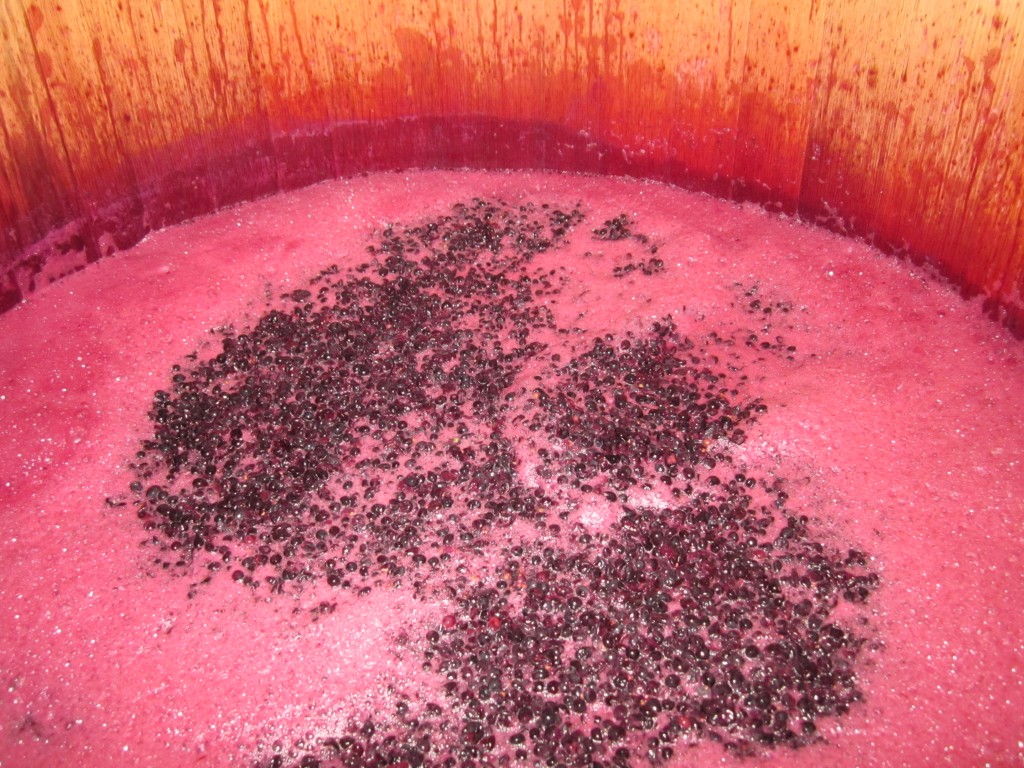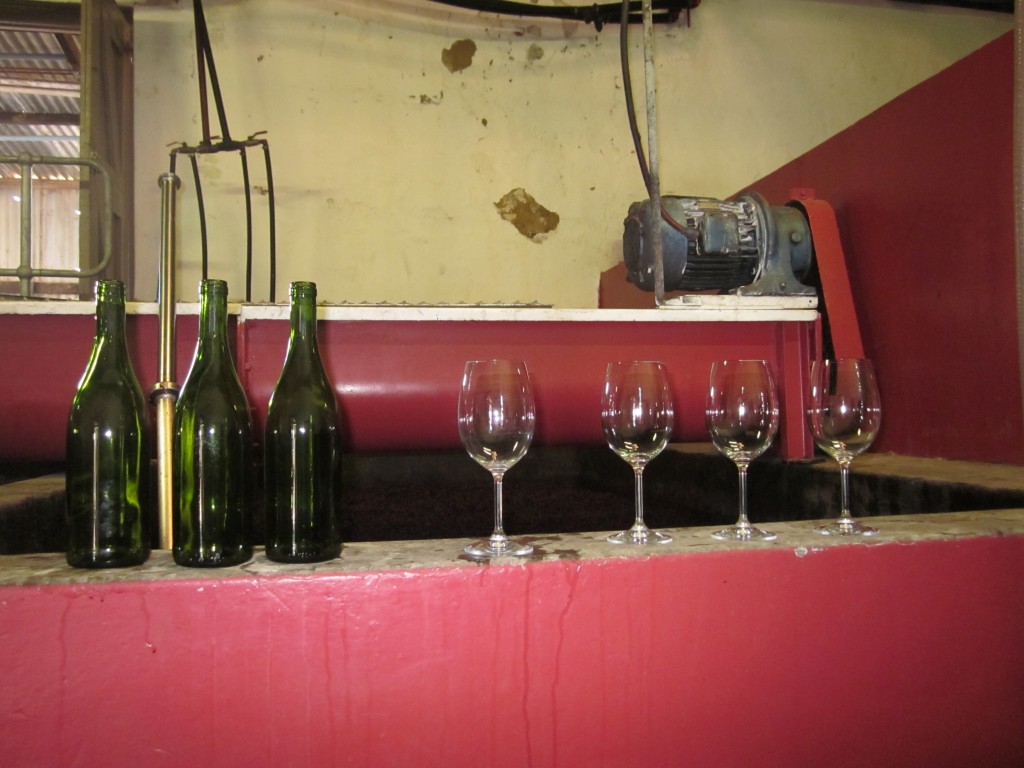What is Wine? (Other than Pure Bliss)
Wine is the end product of the fermentation of fruit (mostly grape) juice. Yeast is used to turn the sugars into alcohol, carbon dioxide and heat. It additionally contains water, sugar, fruit aromas and flavours, natural acids and colour pigments.

The wine making process, however, starts a long way before the actual chemical reaction. It starts out in the farm; with the soils, correct varietal choice for the terroir (French word for the combination of all the factors such as climate, slope, soil and location exhibited on the block of land the grapes are grown on), and tending to the vines. This is known as Viticulture and is carried out by the Viticulturalist. Great wines can only be produced from healthy high quality grapes.
From the moment the grapes are picked, until the wine is bottled and ready for sale, the process is referred to as Viniculture, and is the revered duty of the winemaker. There are numerous techniques a winemaker may choose to employ in order to achieve the desired style he or she is aiming for.
Generally, the grapes are destemmed and crashed to release their juices in preparation for fermentation. While for white wines the skins are immediately disposed of and the juice fermented on it’s own, for reds, the juices remain in contact with the skins for a couple of days as it ferments. This skin contact provides the reds with their distinct colour and tannin flavours. Rosés and Blanc de Noirs are allowed only a few hours of skin contact themselves.
The winemaker can use wooding, second fermentation, lees contact (leaving the used up yeast cells in contact with the developing wine), bottle ageing, among others to impart different flavours into the wine.
It is important to note that no actual flavourants are ever directly added to the wine at any time! It is absolute SACRILEGE to do so! All the aromas and flavours come naturally from the grapes, the yeast and wood if used.
The finished brew is a thing of beauty; art to be frank. When all the elements fall in together at the right time, the wine that results can be exceptional; delicate yet complex with subtle nuances coming through on the bouquet (aromas you get on the nose) and palate (flavours you taste in your mouth). Keep that bottle for another year, and it’s a totally different lady altogether! Possibly more upfront and balanced. On the other side of things, you do get unbelievably nasty wines. But you need not dwell on it, there are thousands more bottles left for you to try.

Yours in wine…..
